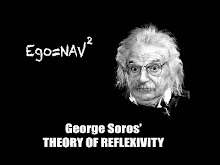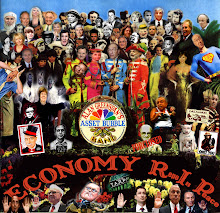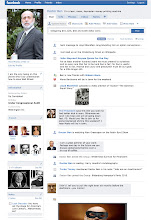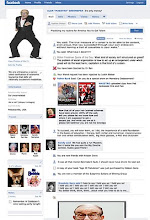The French government expressed deep disappointment Friday over the news that ocean debris recovered by the Brazilian military this week appeared to be the remains of a shipwreck and not from an Air France jet that crashed in the South Atlantic on Monday.
The revelation came as Airbus, the manufacturer of the missing jet, issued a warning on Thursday to all its customers to follow established procedures when pilots suspect airspeed indicators are not functioning properly. The bulletin appeared to be the first hint that malfunctioning instruments indicators might have played an important role in the crash.
The following is an excerpt from Businessweek.com--
What about transmitting all the necessary information for reconstructing a tragedy in the air – cockpit communication, instrument readings, details of an plane’s hundreds of ongoing operations? Is it a bandwidth problem – simply too much to squeeze into the airwaves? Is there another technological barrier? Not at all. Engineers at companies such as L3 Communications and Honeywell Aerospace say it can be done – using existing know-how, and without overfilling available frequencies.
Turns out the challenge is financial.
"The crux of this issue is cost. High bandwidth communications off the aircraft, especially over remote/oceanic areas, is expensive," Honeywell spokesman Bill Reavis tells BusinessWeek.
International and U.S. aviation authorities, including the FAA and the National Transportation Safety Board, occasionally have talked in recent years about the potential for a backup to the venerable black box, and the FAA is examining new technologies by companies such as L3, which makes transponders, avionics and black boxes, that would, in effect, help “squitter” and squeeze more data into available radio spectrum.
"Can it be done? Absolutely. The technology exists," says one aviation industry insider.
At the FAA, authorities have envisioned such automatic reporting as part of a "Next Generation” air traffic control system that allows for detailed tracking of every plane no matter where it happens to be, and makes pilots aware of where other planes are. That would be a far cry from today's antiquated aviation reality in which commercial jetliners must follow prescribed highways in the sky, which aren't usually the shortest distance between departure and arrival points, and must be tracked with radar. As we noted in a September 2007 cover story, "incredible as it seems, family minivans with NavStar have more sophisticated location guidance than some aircraft." And as the Air France crash demonstrates, vast swaths of the earth are beyond the reach of radar and aircraft are, effectively, on their own.
http://www.businessweek.com/blogs/money_politics/archives/2009/06/beyond_the_blac.html
Subscribe to:
Post Comments (Atom)




































.jpg)












No comments:
Post a Comment